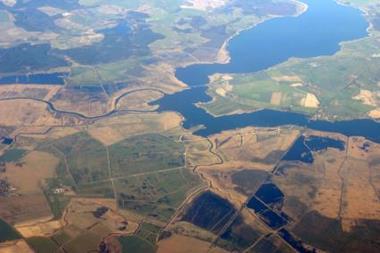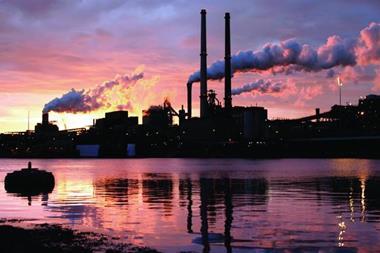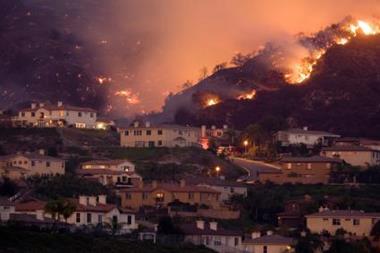Record extremes in weather and climate have occurred in many regions across the world during 2007, according to the World Meteorological Organization (WMO).
WMO said that it is likely that global land surface temperatures in January and April 2007 were the warmest since records began in 1880. They reached 1.89°C warmer than average for January and 1.37°C warmer than average for April.
WMO comments that these weather patterns coincide with observations of the Intergovernmental Panel on Climate Change which expects that extremes of heat and heavy precipitation events will continue to become more frequent as a result of global warming.
In England and Wales, the period May to July in 2007 was the wettest (406 mm) since records began in 1766, breaking the previous record of 349mm in 1789. The extreme rainfall in June, with 103.1mm of rain recorded in 24 hours during 24-25 June in northeast England, was followed by a similar event with 120.8mm of rain on 20 July in central England. Both events resulted in extensive flooding across parts of England and Wales.
During June and July, double the normal frequency of monsoon depressions caused heavy rainfall and floods in India, Pakistan and Bangladesh. Many stations reported 24 hour rainfall exceeding 350mm. These monsoon extremes and incessant rains caused large scale flooding all over South Asia.
Also in June and July, two extreme heat waves affected southeastern Europe in June and July, breaking the previous records with temperatures exceeding 40°C. On 23 July, temperatures hit 45°C in Bulgaria, setting a new record. In India, a heat wave during mid-May produced temperatures as high as 45-50°C, while in Moscow, temperatures on 28 May reached 32.9°C, the highest temperature recorded in May since 1891.
In many European countries, April was the warmest ever recorded with the temperatures reaching more than 4°C over and above the long term mean in some areas.
In the southern hemisphere, however, an unusually cold winter season brought winds, blizzards and rare snowfall to various provinces in South America with temperatures as low as -22°C in Argentina and -18°C in Chile in the beginning of July. On 27 June, a winter weather front moved across South Africa bringing the country’s first significant snowfall since 1981.
WMO is developing a global disaster risk reduction action plan by means of modernising national meteorological and hydrological services when required, and strengthening national operational early warning systems and capacities for hazard analysis and risk assessment.
















